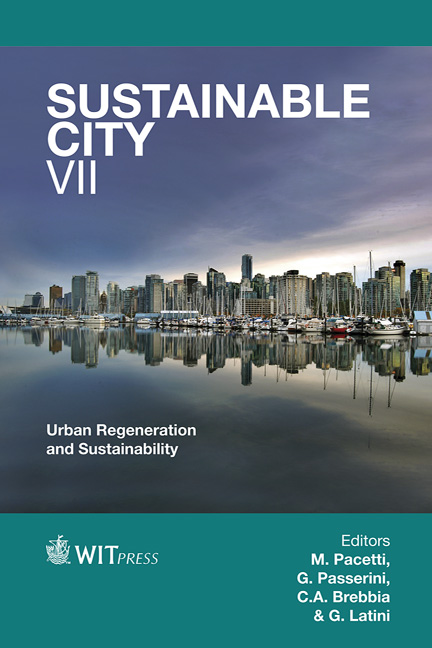The Transport Of Dangerous Goods On Infrastructure In The Netherlands
Price
Free (open access)
Transaction
Volume
155
Pages
12
Page Range
1161 - 1172
Published
2012
Size
370 kb
Paper DOI
10.2495/SC120972
Copyright
WIT Press
Author(s)
S. I. Suddle
Abstract
Institutions shape a policy field and therefore also actors’ behavior. The Dutch policy field of ‘External Safety’ is used to assure a basic level of safety for people living near transport routes of hazardous materials or other hazardous activities. When it comes to transport of hazardous materials and the risks for adjacent areas, a number of problems arise. This paper discusses the need for an alternative institutional framework which can serve as a solution for the problems found. A possible first step is to get rid of a general risk norm as a policy goal and to use a more project specific approach as an alternative. This approach should be combined with a test for the reasonability of lowering risks based on the ALARP principle. Keywords: transport of dangerous goods, risk analysis, external safety. 1 Introduction A shortage of land across The Netherlands has led to the development of design and construction techniques that enables intensive use of the limited space. In the last decade, the space available adjacent to and above the transport infrastructure has been used at a growing rate in city centres. In addition, line infrastructure for transport of hazardous materials is mostly also in use for passenger transport and therefore often crosses densely populated urban areas. The new development strategies of the Dutch Ministry of Housing, Spatial Planning and Environment regarding space in urban areas pay special attention to these issues. However, the Dutch spatial planning policy, which aims to intensify the use of space [1], may come into conflict with the intentions set out in the Fourth National Environmental Policy Plan, which states that additional (open) space is sometimes necessary to guarantee external safety [2].
Keywords
transport of dangerous goods, risk analysis, external safety.





